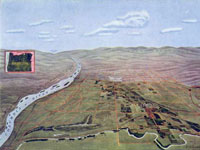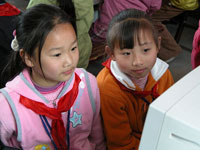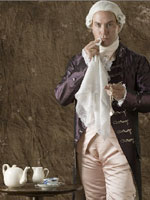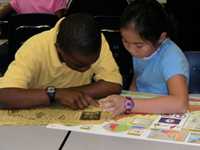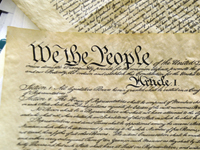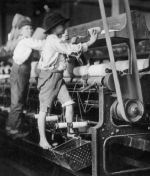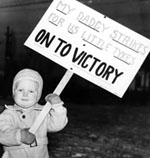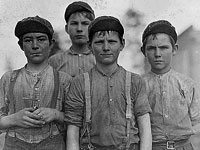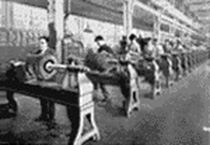As part of The National Research Council's How People Learn series, Bob Bain (now a professor of History Education at the University of Michigan's School of Education) described a classroom in which legitimate historical questions were at the center. Through this particular investigation, Bain's students learned about 15th-century Europe, Columbus's voyage, and the nature of history and historical accounts.
What Do Students Think They Know?
Rather than presenting a story of Columbus's journey to his students, Bain first elicited student ideas about the voyage and its context. "What do you know about Columbus sailing the ocean blue in 1492? What do you know about the people of Europe on the eve of Columbus's voyages?" After hearing students recall the standard flat-earth story about Columbus, Bain asked them how they knew what they supposedly knew. What evidence did they have for their Columbus stories?
Using Frameworks and Organizers
How do you know what you know was the unifying problem across Bain's entire curriculum and this question forced students to confront the uncertain status of historical accounts. Students initially saw no difference between "history"and "the past" and believed there was a one-to-one correspondence between what happened in the past and the history book sitting on their desks.
Bain explained to his students that the past is never fully retrievable and our histories are accounts of that past rather than its mirrors. To make this distinction concrete for students, Bain used an organizer from the outset of his course, "history-as-event" and "history-as-account," (H(ev) and H(ac)). Columbus's voyage is history-as-event; the story we tell about it is history-as-account. This distinction, which students learned and used as touchstone, introduced the necessity of questioning and comparing different accounts of the past.
At the unit level, examining historical accounts meant posing questions about historical stories. Students believed they knew Columbus's story, but could not summon evidence to support it. Successive sets of documents helped them create a more accurate and complete story about Columbus and his time.
First Bain gave students a set of short accounts consistent with their ideas—in other words he set them up. Then he challenged those ideas with a picture of a classical statue of Atlas holding a round globe and an explanation written by Carl Sagan about how Eratosthenes determined the world's circumference in the 3rd century BCE. Given these sources, students wondered why Columbus got credit for the round earth idea.
The next round of accounts, selections from Daniel Boorstin and Stephen Jay Gould, helped students sharpen the historical problem that subsequently guided their study of 15th-century European exploration. Was there a great interruption in European geographic knowledge? Did people in 1492 generally believe in the flat earth? What historical accounts explain European exploration of the Americas? How have those accounts changed over time?
History-Specific Strategies
Bain used history-specific instructional strategies to support and assist students in analyzing and synthesizing historical accounts. Students confronted questions like, When was this written? What other sources support or contest this source? See this example of small, carefully structured, reading and discussion groups.
Learning History: Content and Skills
Through Bain's instruction, students learned that the "flat-earth" story was disseminated by 19th-century writers. Students learned that historical accounts change over time, and that it is the historian's task to sift through evidence and construct a legitimate story warranted by that evidence. At the same time, they learned important content about Columbus's voyage and the context of 15th-century Europe.
